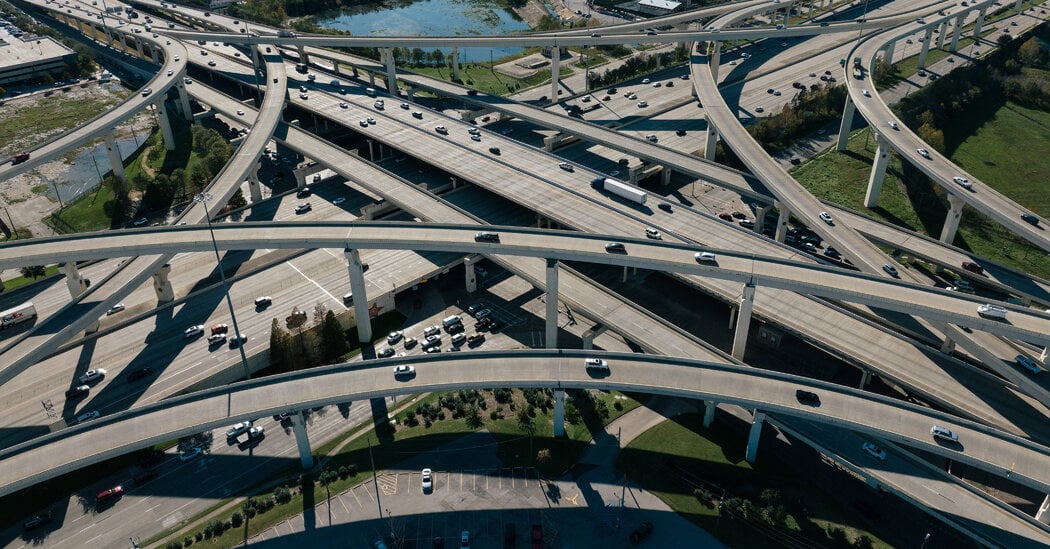For critics of widening projects, the prime example of induced demand is the Katy Freeway in Houston, one of the widest highways in the world with 26 lanes.
Immediately after Katy’s last expansion, in 2008, the project was hailed as a success. But within five years, peak hour travel times on the freeway were longer than before the expansion.
Matt Turner, an economics professor at Brown University and co-author of the 2009 study on congestion, said adding lanes is a fine solution if the goal is to get more cars on the road. But most highway expansion projects, including those in progress in Texas, cite reducing traffic as a primary goal.
“If you keep adding lanes because you want to reduce traffic congestion, you have to be really determined not to learn from history,” Dr. Turner said.



You’re wrong though.
I’m really not
Just think about this for a minute dude.
Who are people going to belive, civil engineers and planning strategists that research this topic for a living and have done for decades, or some random on lemmy?
Why does induced demand lead to congestion on a highway? Because more people use the road. Because more people are able to use the road.
Therefore, wider highways allow greater movement. It’s not very complicated.